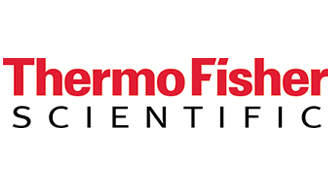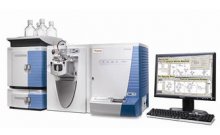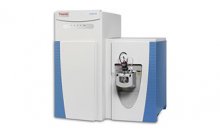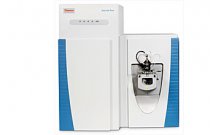利用TSQ Quantum Ultra LC-MS/MS分析蓝绿藻微囊藻毒素
简介
Overgrowth of algae is a common problem in many wetlands with advanced stages of eutrophication (the enrichment of chemical nutrients containing nitrogen or phosphorus in an ecosystem). This often results in a thick, colored layer on the water's surface, known as an algal bloom. Some of the algae that grow in these bodies of water, known as Cyanobacteria or blue-green algae, produce toxic compounds known as microcystins.
Microcystins have a ring peptide structure consisting of seven amino acids, and more than 80 homologs are known. One of the most widely studied of the microcystins is known as Microcystin-LR, and is shown in Figure 1. Many of the microcystins are particularly toxic to the liver. (See References.) Among them are Microcystin-LR, YR and RR, which have been detected in wetlands in Japan. This application note reports on the analysis of these microcystins by using LC-MS/MS.
仪器
结论
Microcystin-LR, YR and RR can be quantitatively analyzed over four orders of dynamic range (0.1 ppb –1.0ppm) by using the TSQ Quantum Ultra triple quadrupole LC-MS/MS system from Thermo Fisher Scientific.




